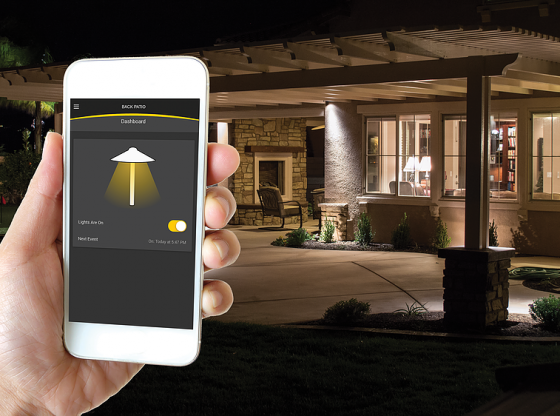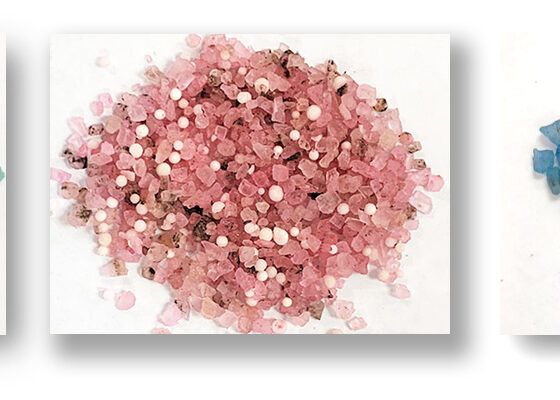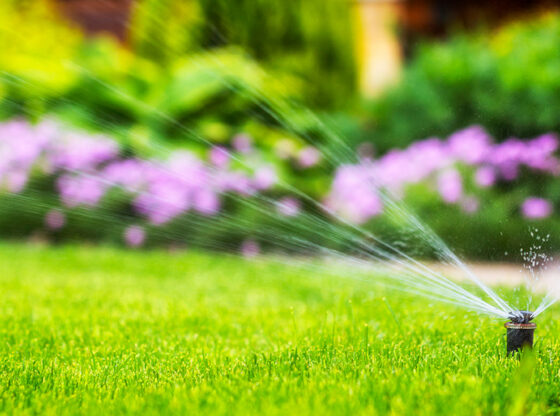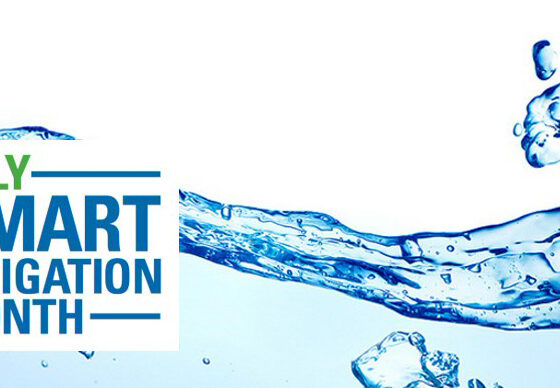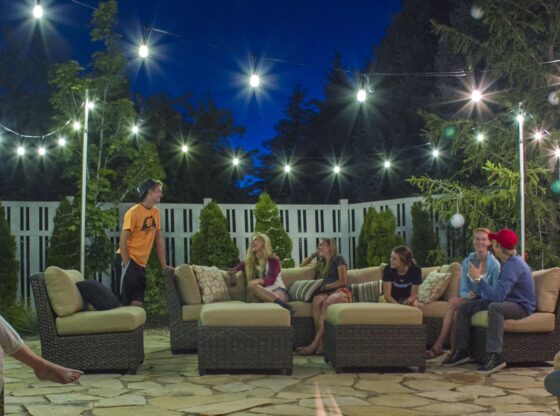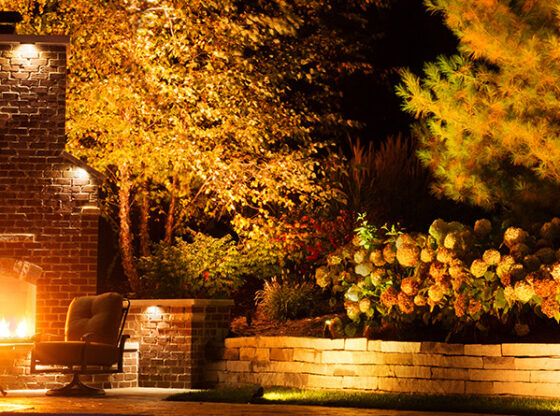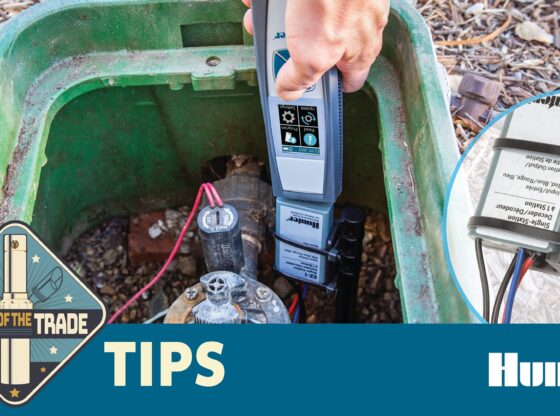Central control systems are supposed to operate almost fully automated. Most are not. The reason why is due to lack of trust in the scheduling the central calculates. And why would the central’s calculations not be considered valid? Answer, incomplete or inaccurate information. Garbage in garbage out.
For a central to automate irrigation scheduling the software needs some accurate information. Often the initial set-up information is taken from catalog data or guessed. Some information is never entered at all. Let’s review the information most central control systems rely on.
The first two are very important for accurate scheduling. Be wrong with these numbers and there’s no way your system can calculate real run times.
Precipitation Rates
Crucial to calculate accurate schedules! It is common practice to pull PR rates from the manufacturer’s catalog. Those rates are calculated on a certain set of conditions (as noted with the charts), however the real world installation rarely mirrors those conditions. Additionally, the calculation used is the “Theoretical” PR formula.
Precipitation Rates are how fast your sprinklers apply water. An absolutely necessary number that must be accurate. Once the central figures out how much water to apply, it calculates run minutes based on your PR rates.
Best Option: Measure system performance at representative areas for 25% of your system. Measuring means placing collection cups or auditing. Calculate “Actual” PR rates with the data collected.
Second Best Option: Using an accurate As-Built print, determine the representative areas and calculate PR using the Theoretical formula. Not as accurate, but at least you will be figuring in your actual head spacing, nozzle sizes, and operating pressures.
Update your central’s database with your more accurate PR rates.
Weather Sensor Adjustment:
The second crucial number is an accurate ET rate.
Obviously a weather station is required to fully automate. The weather station feeds data to your central to calculate an ET rate based on current conditions at your course. If you do not have a weather station, you can still irrigate according to ET by manually entering a daily ET number for the central to use in schedule calculations. Though limited in our area, there are sources for a daily ET rate for your general area. Just need to find one.
If you have a weather station, there are some adjustments that must be made in the settings. Accepting standard settings or guestimates means your schedules will be way too heavy. Verify all the set up numbers are correct.
Pay attention to turf height. Most weathers stations and central software think the turf height is 5” or 6”. Obviously not the case for your turf. To start with, reduce the calculated ET by 50%.
To verify your ET calculations are accurate, you can use another ET measurement device. Borrowing one may be the best route since you don’t much of need for it after you get your weather station settings adjusted.
Flow Rates
Your central should have a robust flow management system. Flow management will operate as many sprinklers as it can to maximize the flow capacity of your pump(s) and piping network. This greatly affects power consumption and irrigation window time.
Flow management depends on accurate flow numbers for your pipe network and pump station. Again, guesstimates are often entered when systems are installed. Verify your flow information is correct. This is very important to improve operational efficiency (cost savings) and more importantly, allow you to use effective Cycle-n-Soak.
Cycle-n-Soak
Because our area has heavier clay-loam soils, it is likely your irrigation system is applying water faster than the soil can take in. The result is run-off and that is bad.
Run-off wastes water, causes pollution of ponds and creeks, and wastes a lot of fertilizer and pesticides. Run-off also indicates you want more water applied than you think you are getting. All the water that runs off is water not being stored in your root zone where you think you are putting it.
Answer: use Cycle-n-Soak. Set up the maximum runtimes in your database along with a soak time. Suggestion- use a max runtime of 30 minutes for rotors with a 30 minute soak time. Shorten the runtime for sloped areas to 20 minutes.
Some will say adding in multiple cycles with soak times will lengthen the irrigation window. Not so if your flow management is set up and working correctly. While a zone is “soaking” the central is watering other areas. At all times your maximum flow capacity is being achieved by the central software.
Micro Climate Adjustments
There are areas on your course that need more or less water than the average. Those sprinklers need adjusted to account for varying water needs. This is undeniably time consuming. But once set you rarely need to change them.
Best Option: make note of areas that receive too much or not enough irrigation time. Then revisit those sprinklers in your central database and make adjustments. This may take a season to accomplish but is worth it.
Usually the adjustment is noted as “Water Budget” “Micro-Climate” or other percentage modification setting. Use a lower than 100% setting to reduce irrigation time and a larger than 100% setting to increase irrigation time.
It might be scary to let your central take charge, but you will receive many benefits for doing so. A reduction of irrigation time is the primary result which will save you money many ways.


